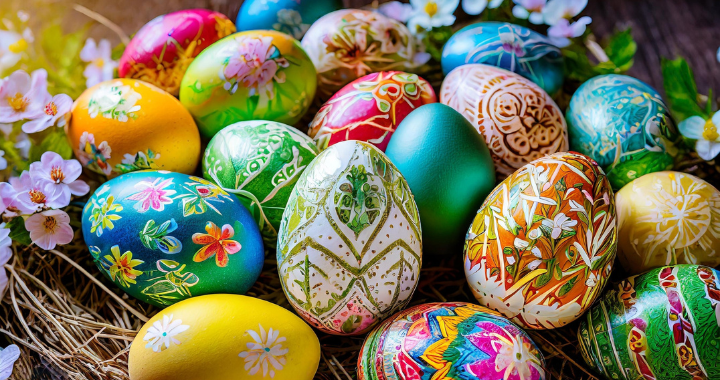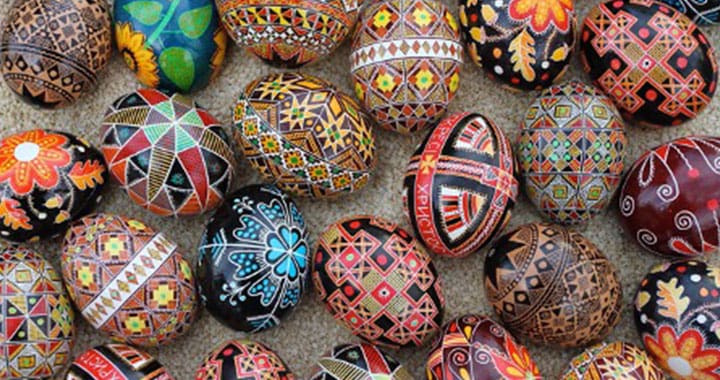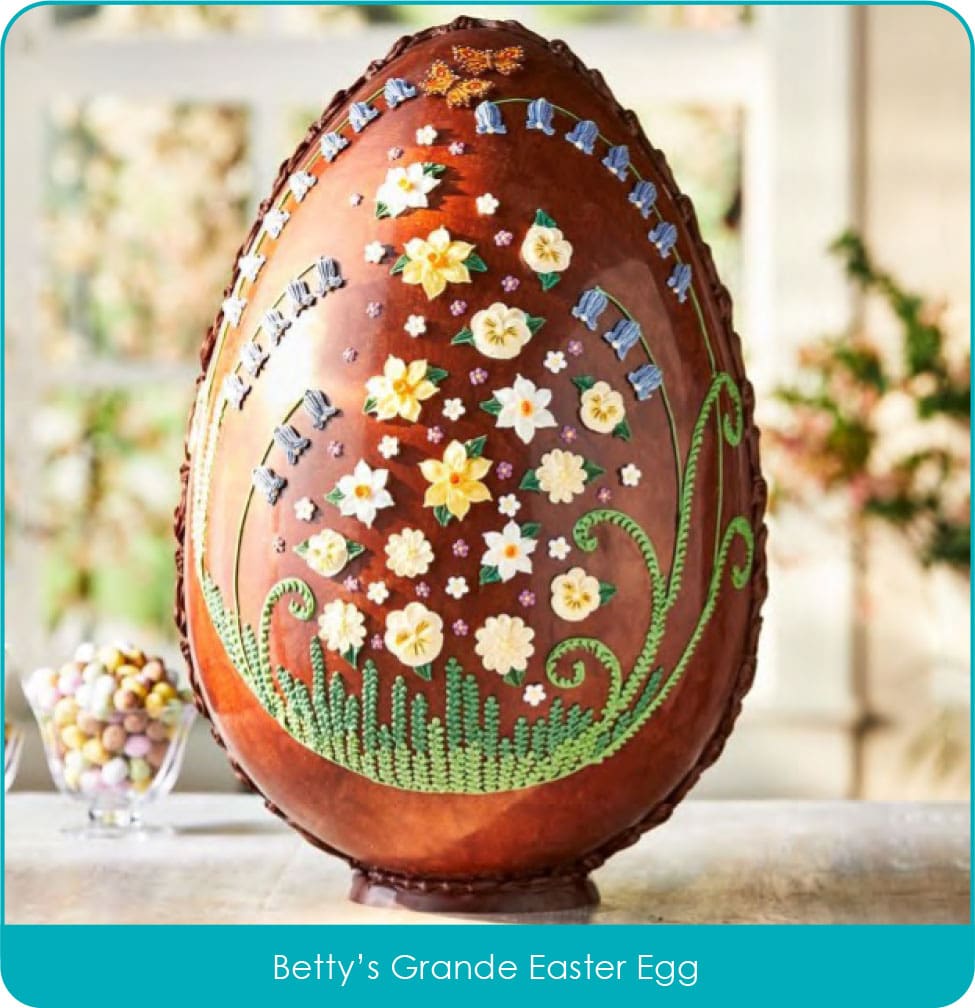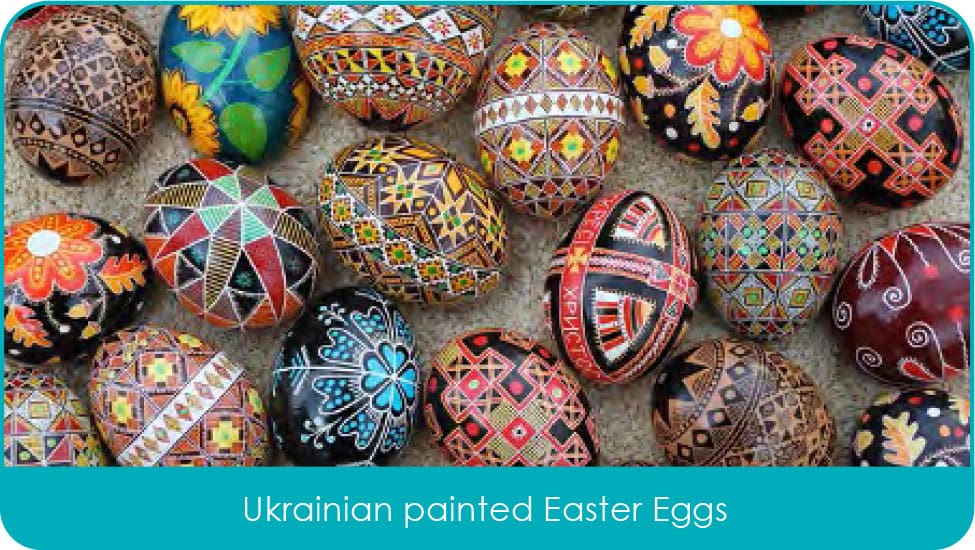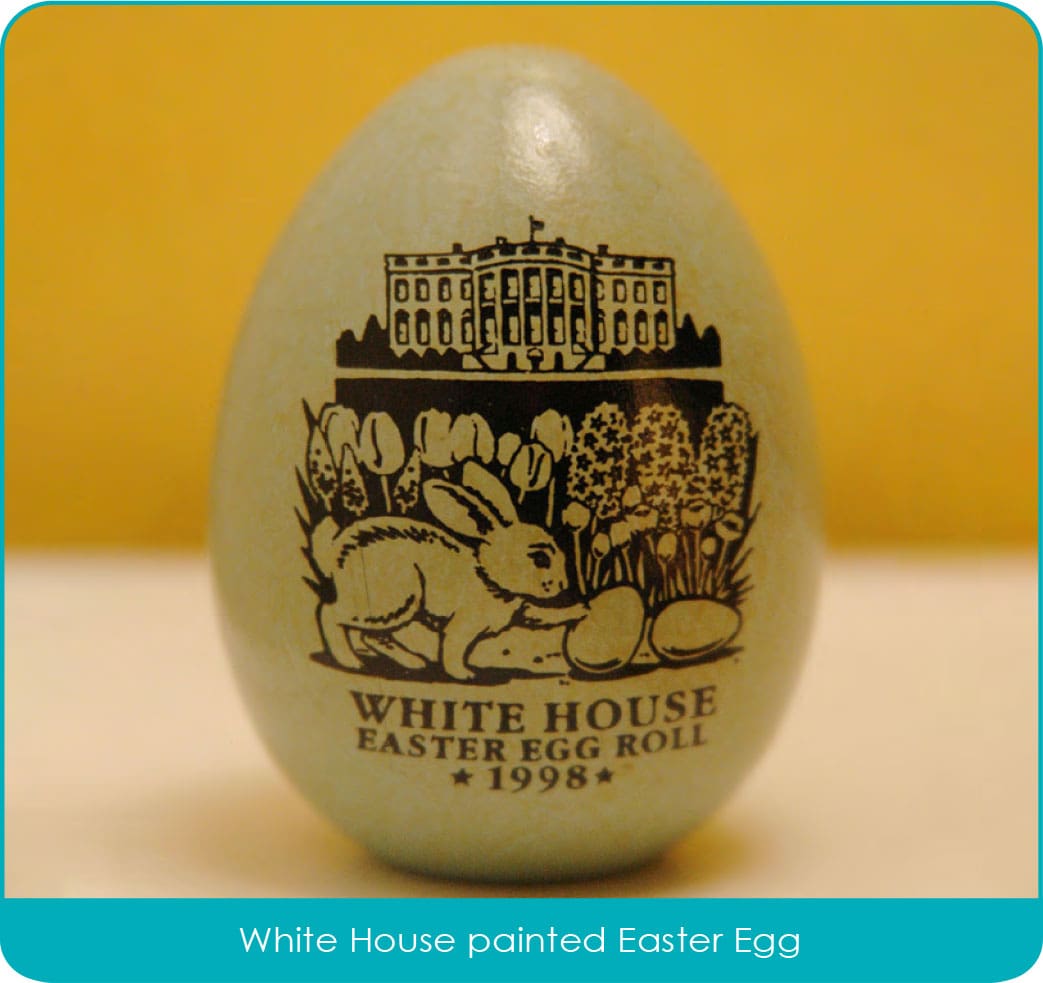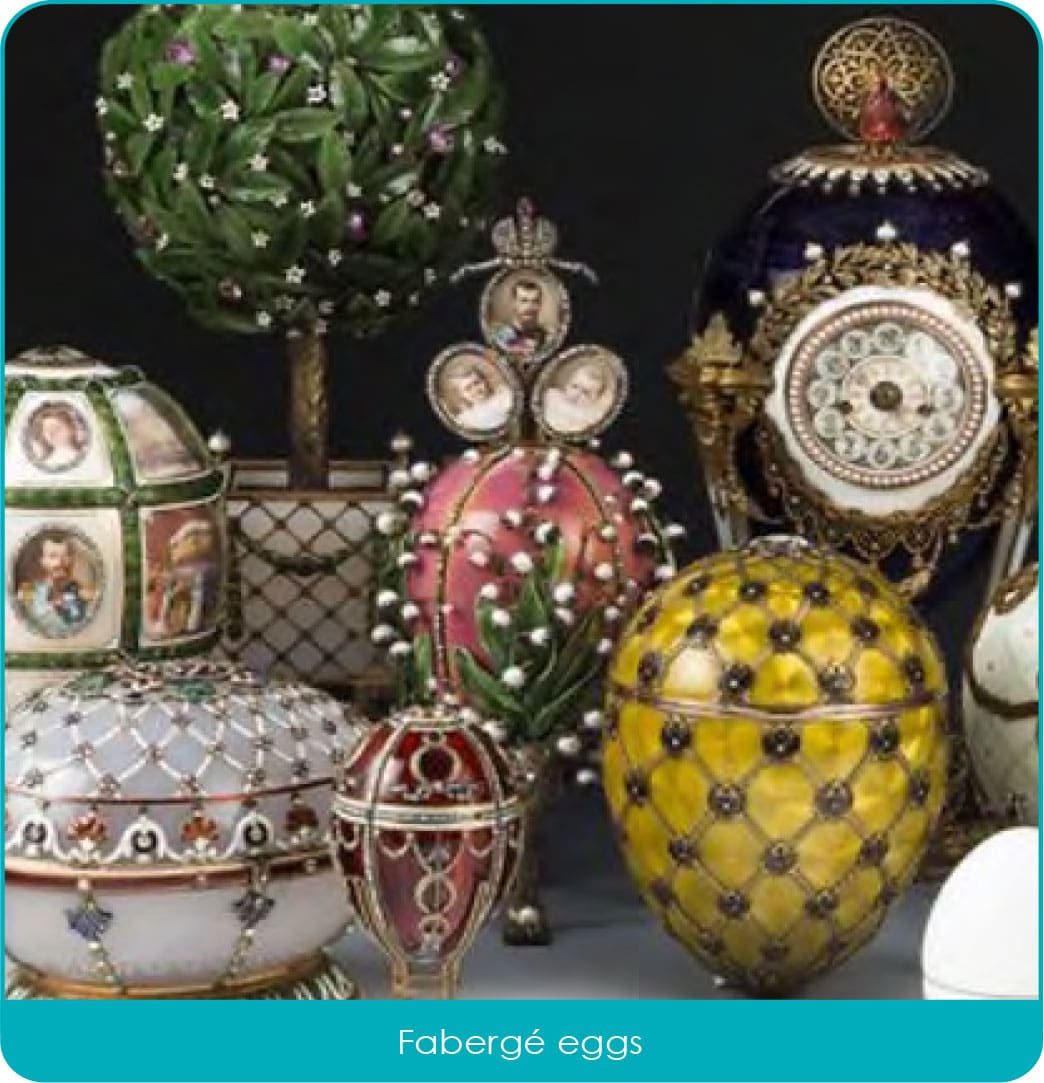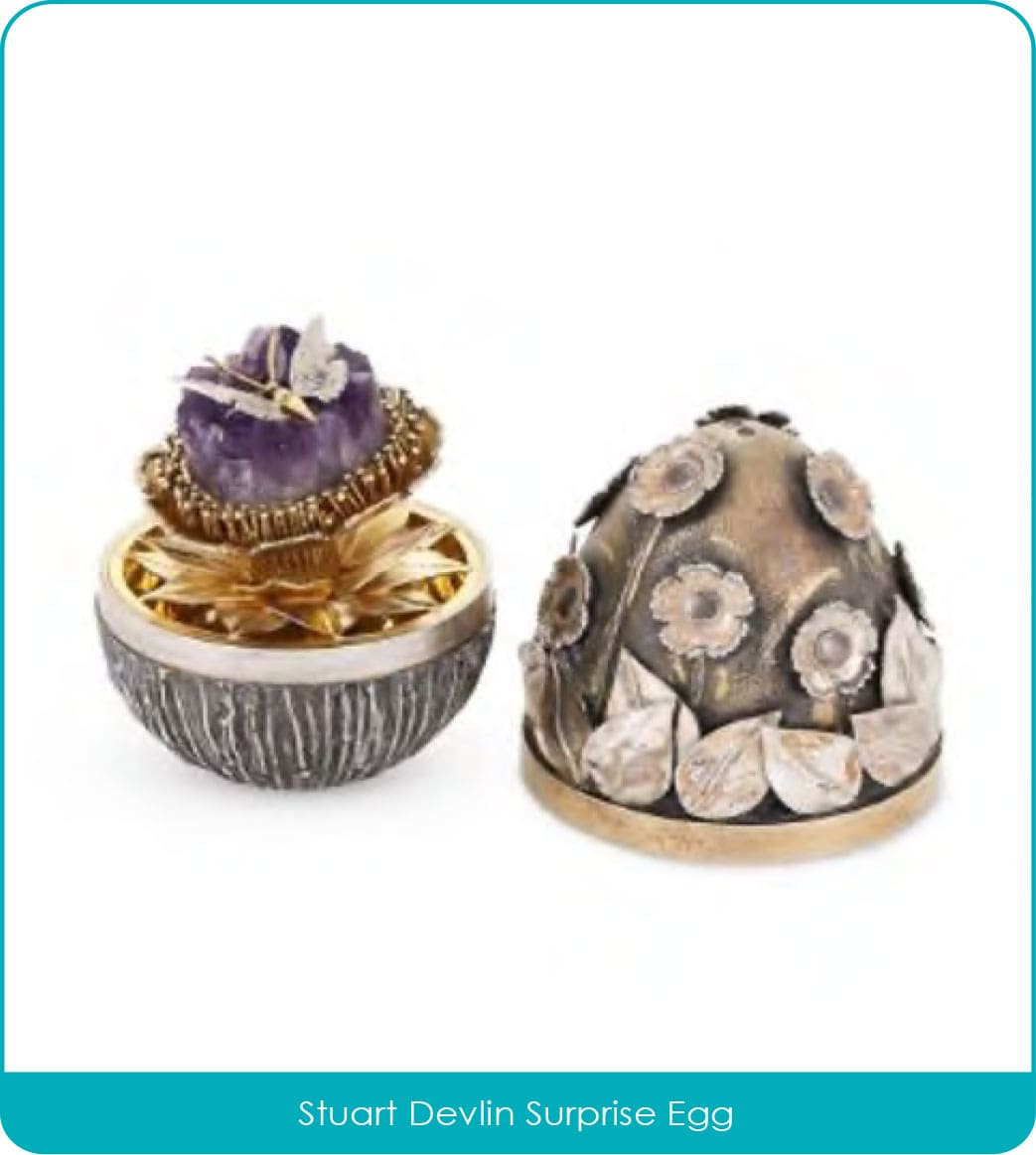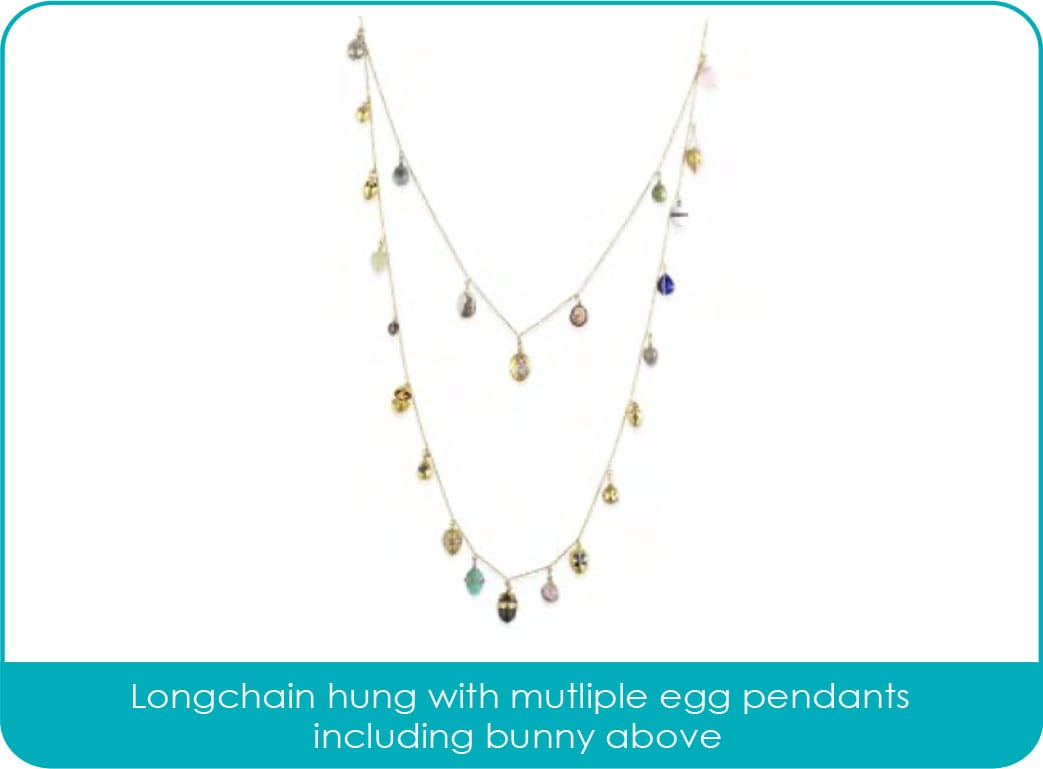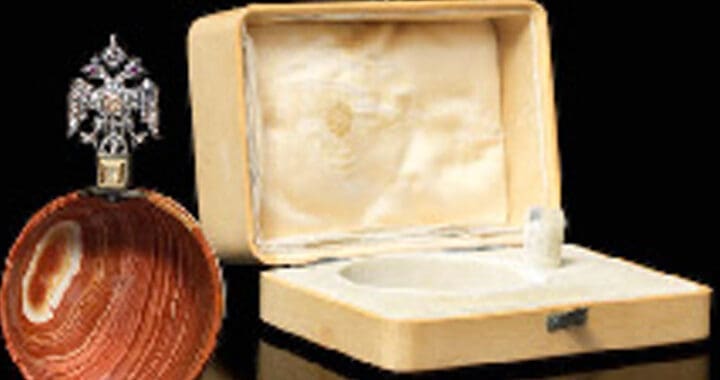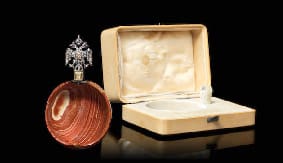Easter does seem to have been a long time coming this year, but it’s not the latest ever Easter. The date of Easter is determined by lunar cycles and changes every year because it is set as the first Sunday after the first full moon following the vernal equinox. This is based on a formula established by the Council of Nicaea in 325 AD, and Easter can fall anywhere between March 22nd and April 25th. Lent is always 40 days though and for those champing at the bit to be reunited with chocolate and other treats, the wait is almost over.
For many Christians Easter is the most significant event in the Church calendar. Although the welcome of Spring is universal, the association of numerous traditions is mainly Christian. Easter eggs largely derive from Christian traditions, where they symbolise the resurrection of Christ. Eggs were forbidden during the 40 day period of fasting leading up to Easter. As a result, people would boil or preserve eggs to keep them from spoiling, and then eat them to celebrate the end of Lent and the arrival of Easter. Over time, this practice evolved into decorating eggs in vibrant colours to represent the joy of Christ’s resurrection, with the egg itself representing the sealed tomb of Christ and the cracking of the egg symbolising his resurrection. However, the tradition of decorating eggs dates back to long before Christianity. In many cultures, eggs have stood for fertility, rebirth, and the cyclical nature of life. In ancient Persia, eggs were painted and exchanged during the celebration of Nowruz, the Persian New Year, which marks the arrival of spring. Similarly, in ancient Egypt, eggs were often used in funerary rituals, symbolising the cycle of life, death, and resurrection.
The modern Easter egg hunt has its roots in 18th-century Europe. The Easter Bunny tradition is most commonly traced back to the early 1700s in Germany, where it was believed that a hare would lay eggs for children to find during Easter. German immigrants brought this tradition to the United States in the 1700s, particularly to Pennsylvania. In this iteration, the hare (or rabbit) would lay coloured eggs, which children would hunt for on Easter Sunday.
In the 19th and 20th centuries, the commercialisation of Easter saw the advent of chocolate Easter eggs, a trend that began in Europe. The first chocolate eggs were made in France and Germany, and by the early 20th century, chocolate manufacturers like Cadbury began mass-producing eggs. Today, Easter eggs come in numerous forms – chocolate, plastic, or even surprise-filled – and are an essential part of Easter celebrations around the world. The most lavish egg in the UK continues to be The Bettys Grande Easter Egg. A modest price rise since last year sees it weigh in at £395 for over five kilos of Grand Cru Swiss chocolate. For reasons of personal preference related to nomenclature I would be happy to settle for ‘Jenny the Sheep’ at a modest £18. If you love Cadbury’s creme eggs, an Easter institution begun in 1971 when they were in fact Fry’s creme eggs, don’t delay, they will disappear from the shelves on Easter Monday. They are strictly available only from New Year until Easter.

The Spring season this year been host to the sublime and the ‘rare and unusual’ in the egg world, the later being a spherical hen’s egg sold recently at Bearnes Hampton and Littlewood. Spotted by egg handler Alion Greene the circular egg sold for £420, with the proceeds donated to charity.


By far the pick of the clutch however, are the eggs within the recent collection of Fabergé, sold on March 19th by Dreweatts. The whole sale generated huge interest and was a white glove event, meaning that every lot sold. World authority on Fabergé, Geoffrey Munn, called the collection, ‘nothing short of extraordinary’. Almost every lot sold well above estimate, highlighting once again the importance of keeping abreast of current prices and not relying on old data. A collection of gem-set egg pendants estimated at £1800-2200 hammered at £9000. The biggest surprise may have been the early 20th century diamond and enamel egg pendant and case, the top half of brown leather encased in gold lattice work with rose diamond line dividers and the lower part decorated in panels of royal blue enamel decorated again with the rose diamonds so often favoured by Fabergé work masters. Like all the best Fabergé eggs it contains a secret inside and opens to reveal a removable egg shaped pendant designed as a swan and set throughout with rose cut diamonds and a cabochon ruby eye. This was modestly estimated at £1000-1500, having previously sold at Christies New York in 2001 for $4500, less than a quarter of the £20,000 realised in the Dreweatts sale. Although it was apparently unmarked, the hammer price together with the hallmark Fabergé details suggests that its origin must have been Fabergé.


Should any of our dear readers suffer from ovophobia, you can avoid eggs at Easter by signing up for The Easter Monday Cheese rolling competition in Gloucestershire where participants race down a steep hill after a large wheel of cheese. At Doerr Dallas however, we are mostly looking forward to a welcome break and would like to take the opportunity to wish you all a Happy Easter, however you are spending it.






